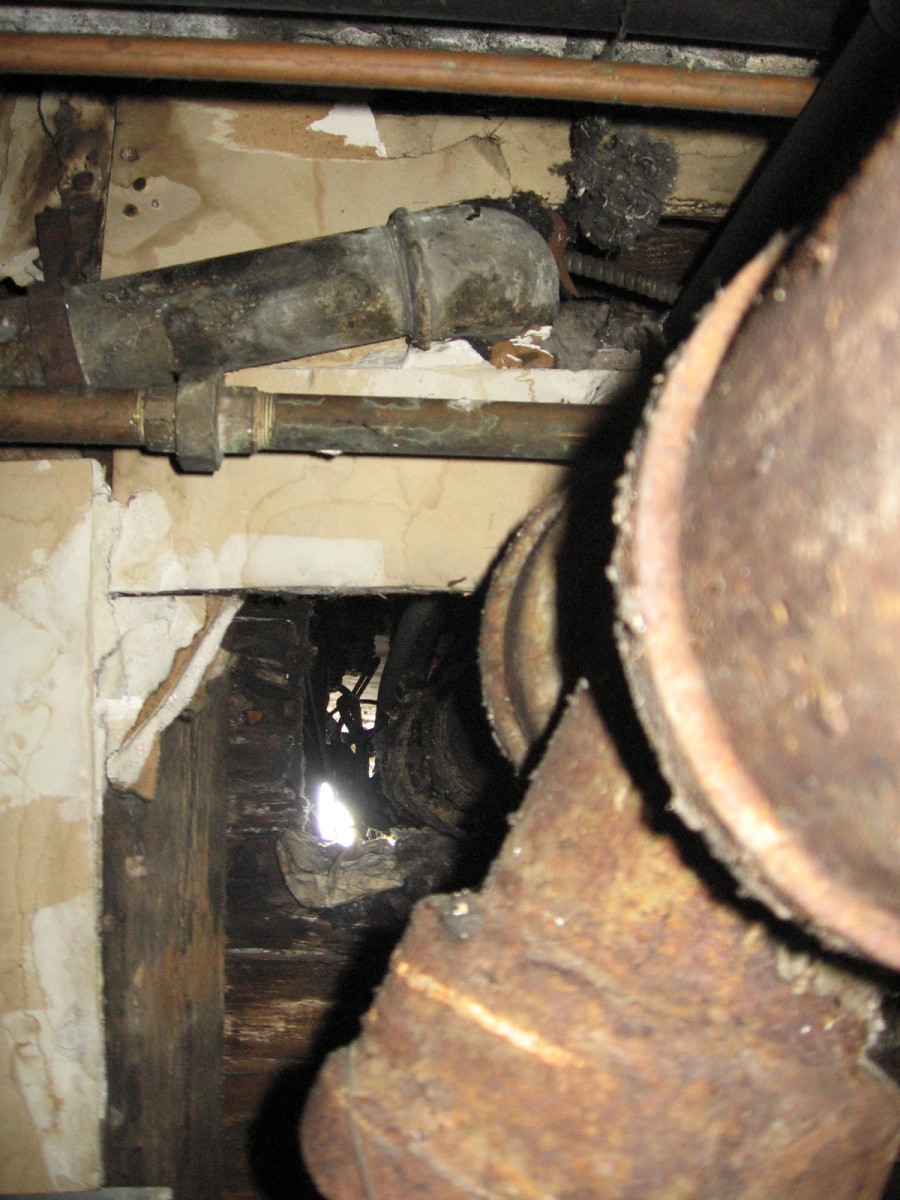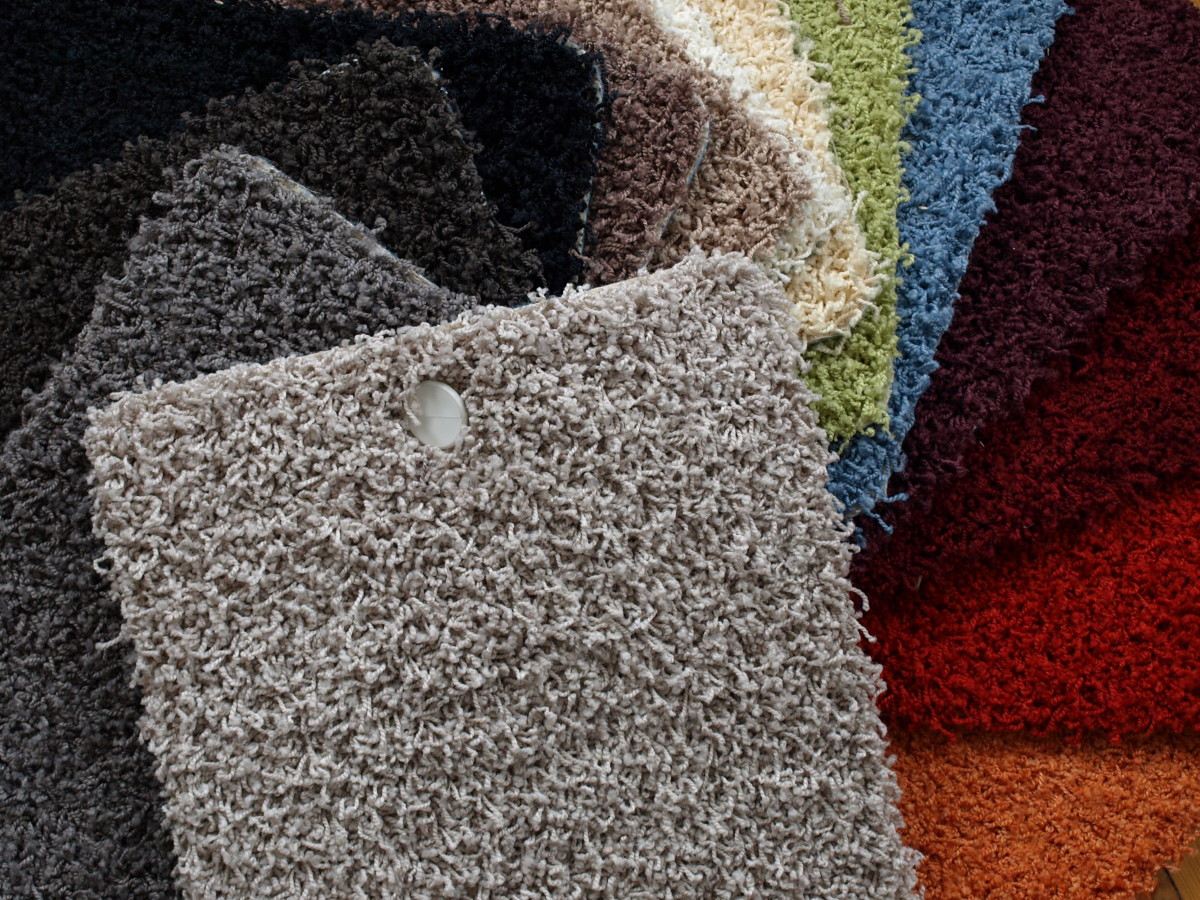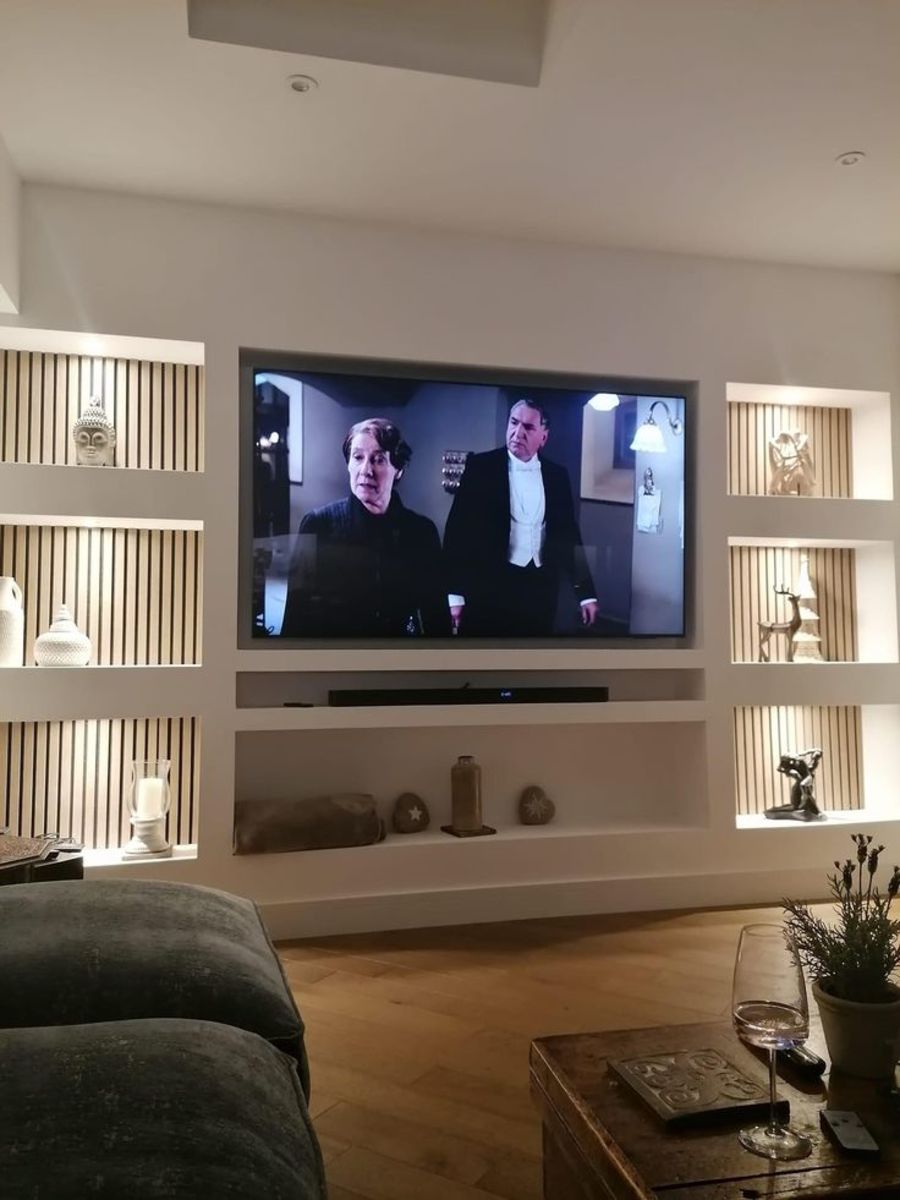How to Renovate a Townhouse in Brooklyn Volume 1 Edition 7
Hurry Up and Take Your Time
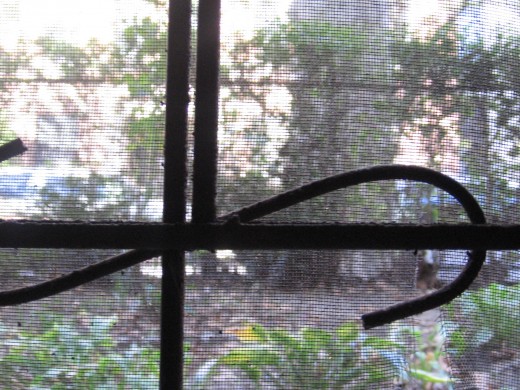
Soon after becoming homeowners of a rather large old, Brooklyn brownstone townhouse, Hubbie and I were anxious to start work. We were prepared to wait for the famously slow Landmarks Preservation and Department of Buildings approvals processes. But, being the new owners of 112-year old single-family house in LPG was too delicious to believe, and we wanted to know what portion of the work we could begin ourselves.
As it turns out, there’s plenty.
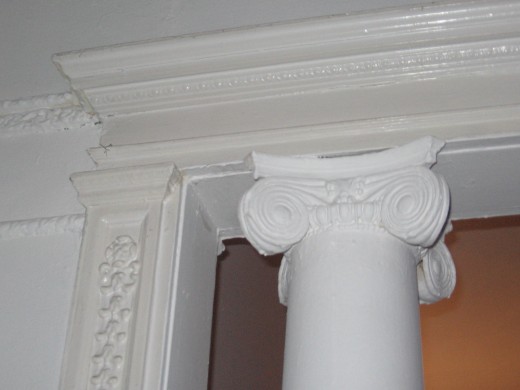
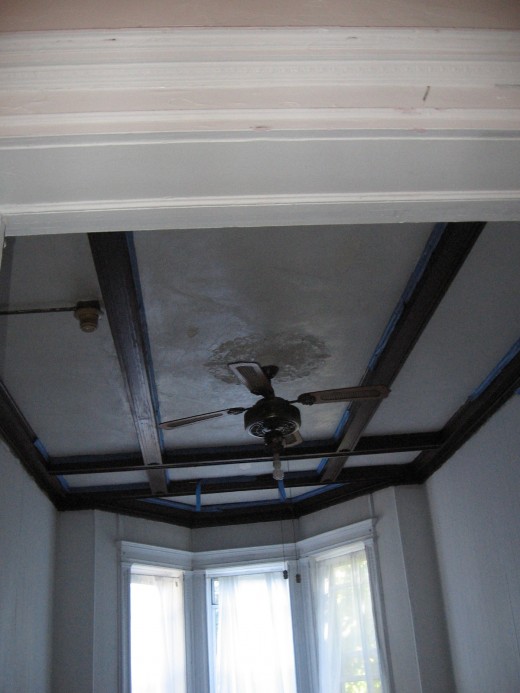
It’s a good idea to start by making a house secure. Hubbie and I won't occupy the property for another four to six months, so it’s important that the house be completely secure. The first tradesman to service the house was a locksmith who replaced the tumblers on all of the exterior doors and reconfigured the basement lock. Hubbie and also installed curtains in eight of the windows and put a lamp on a timer to turn on when the sun goes down. In a new house, in any house, it’s all about safety and being sealed from the outside.
Another matter of security was reigning in the wildly overgrown front yard. There, in the spread of lumpy dirt and copious weeds, we discovered a generous portion of plants and bushes that had escaped our attention The yard itself measures 15 by 15 feet, and it gets a good amount of sun. There are a dozen hostas and a flower that resembles Echinacea, along with a red rose plant, a pink hydrangea, and a series of stout sturdy bushes to block the view from the sidewalk. The weeds have to go, but the other plants cant stay.
Once we had the house sealed and the front yard under control, Hubbie and decided to take a stab at cleaning the place. We bought a box of contractor bags, put on the civilian equivalent of a haz-mat suit, and started throwing things away.
Here is a partial inventory of what we found:
28 air fresheners
2 brooms and 2 dustpans, broken
3 walking canes
8 oversized radiator-covers, all sticky
1 severed baby-doll head inside the crawl space
Various colors of half-eaten crayons
Approximately 2 cups of hairpins, barrettes and hair accessories
1 rusted scythe
A pitchfork and a shovel from circa 1920
Half a dozen cans of paint and wood enamel
Straws, newspapers and take-out menus stuffed behind the radiators
100 pounds of dirt (approx.)
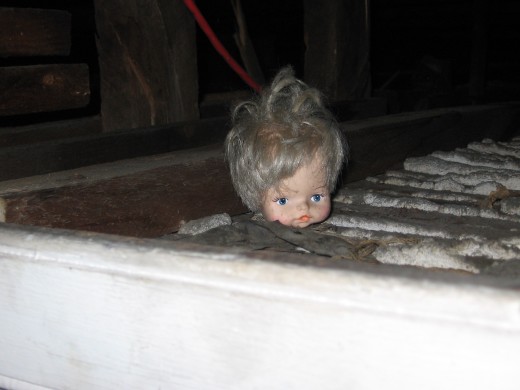
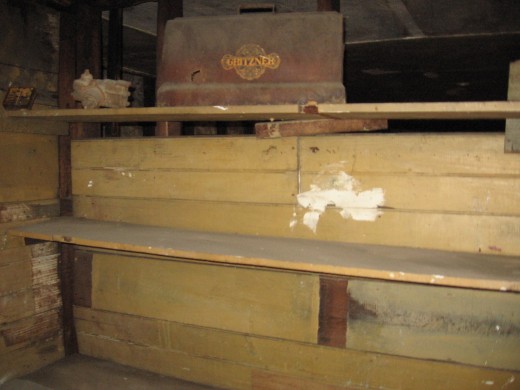
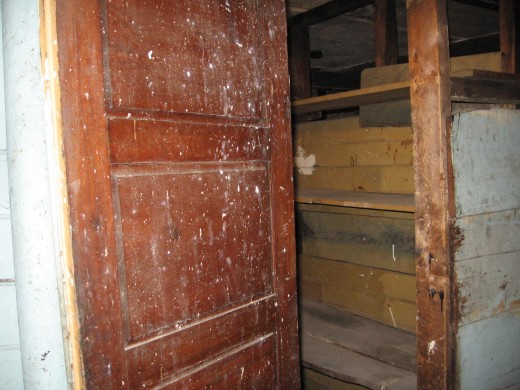
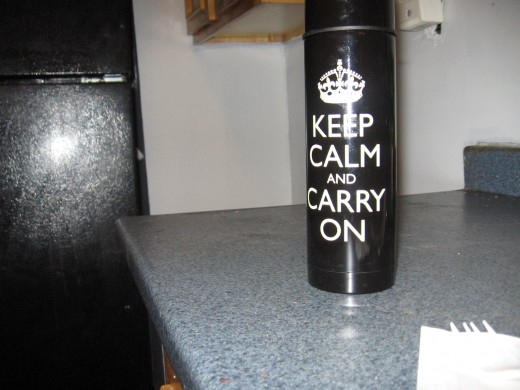
When Hubbie and I first looked at the house there had been some mystery concerning the floors in the basement.
“Is that a dirt floor down there?” I asked Hubbie one evening late in summer.
It seems unlikely that a functioning house in the middle of New York City could have dirt floors, but in our search through the boroughs we had seen houses without roofs, sub-floors or back walls, so the idea of a dirt floor was not entirely far-fetched.
With our “haz-mat” suits fully sealed, we headed down the stairs to the dark basement space to start in our clean up. What we found was something of a revelation.
The floors of the basement are not made of dirt-they in fact are composed of durable and high-quality concrete that is covered in a seemingly endless quantity of dirt so fine and so abundant that only a series of dusting, sweeping and mopping episodes will not even begin to make an impact. Beyond that, it seems that a prior owner attempted to do some work in the basement that consisted primarily of purchasing and partially mixing what added up to about eight 50-pound bags of cement. In the end, it seems that the owner did not get much further than spilling most of the dry cement all over the floors such that what appeared to be a dirt-floor was actually a cement floor covered in copious amounts of super fine, unrelenting inches thick, dust.
Ditto for the floors and even the walls upstairs.
The good news is that little damage was done to the house and a little can’t hurt. Even if it’s a lot.
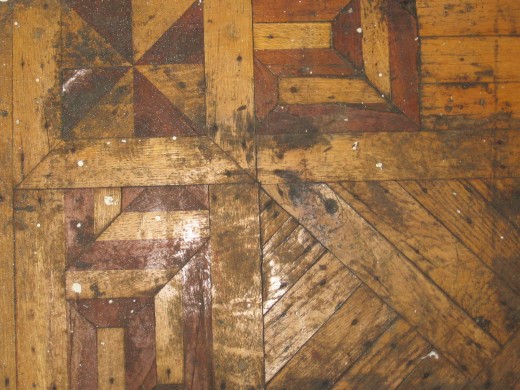
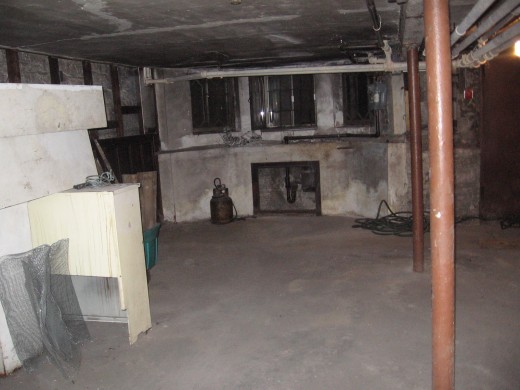
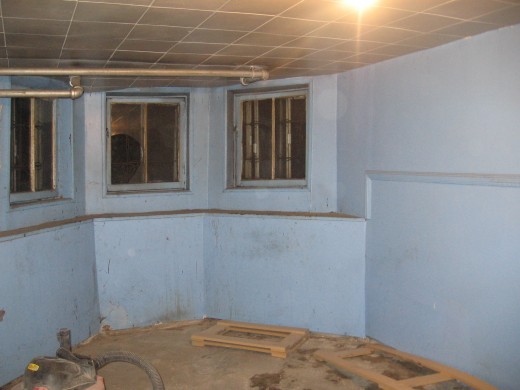
The other thing that Hubbie and I discovered, is that we have more space than we realized. As it turns out, tucked in the back of the basement is an entire 400-square foot room with a standard ceiling and three windows facing the back yard. We can use the room as a home gym and not even have to sweat the fact that we have to cancel our gym memberships in order to afford the mortgage, at least for the time being. In all, we have almost 3,000 square feet of livable space, far more than we set out looking for, but enough that we can create a space that meets each and every one of our needs.
After outlays of great amounts of cash and even greater degrees of anxiety, our expediter informed us that we had received the Landmarks Preservation Commission approval on the first of the month.
Now, on to the DOB.
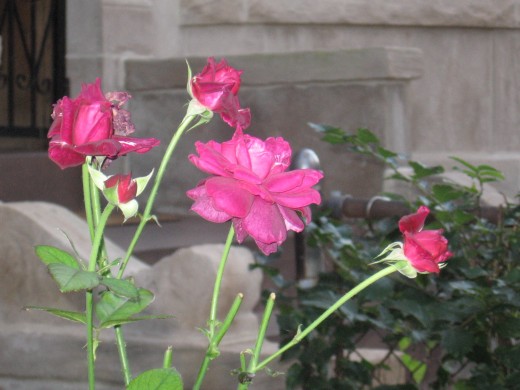
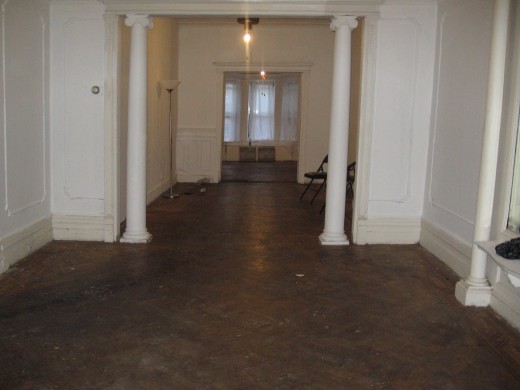
Volume 1, Edition 8
- How to Renovate A Townhouse in Brooklyn Volume 1 Edition 8
Soon after becoming homeowners of a rather large old, Brooklyn brownstone townhouse, Hubbie and I were anxious to start work. We were prepared to wait for the famously slow Landmarks Preservation and Department of Buildings approvals processes. But,.

